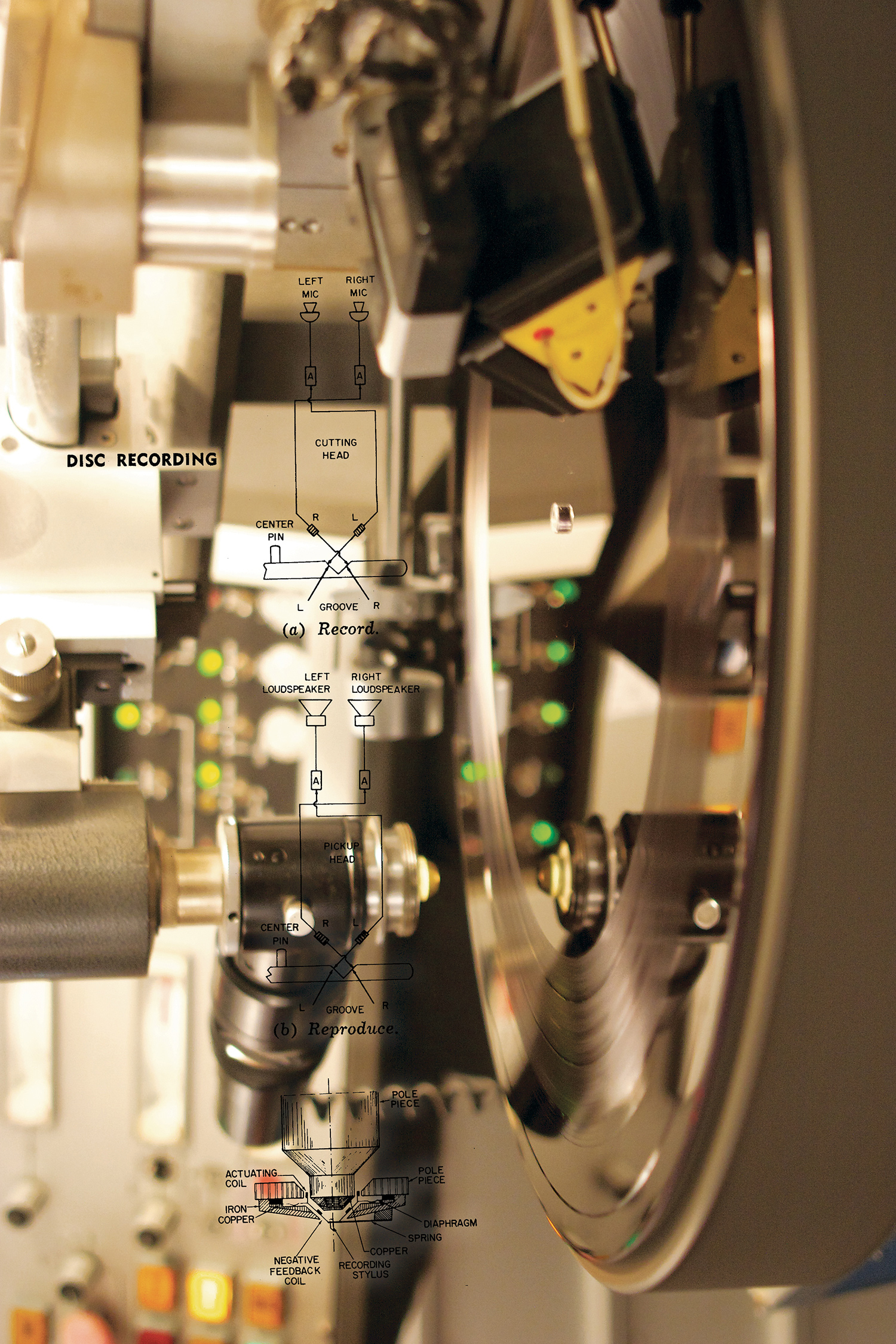It's almost annoying. This is the second UnderToneAudio product I've had my hands (and ears) on, and the second to become immediately indispensable to my recording setup. However, to be honest, I didn't think I'd ever find myself in a position of wanting/needing/relying upon one of the more typical and unsophisticated elements in any musician's kit bag — the humble 1/4'' instrument cable. In fact, given that the UnderToneAudio Vari-Cap instrument cable is $99, I would have been quietly coughing "bullshit" under my breath if you were to tell me that I needed it. But here I am today, post-testing, thinking out loud, "I wonder if I can afford to replace all my guitar cables with Vari-Caps?" They got me, again. Read on to find out how.
Have you ever recorded the same guitar and amp setup with cables of varying length, or even just two different brands of cables, and found yourself puzzled over the tonal difference? Then you, my friend, are familiar with the effect of capacitance on instrument cables. A cable is a transmission line for electricity, and capacitance in this context is the cable's ability (capacity) to store, or effectively transmit, that electrical signal. Generally speaking, the longer the cable, the greater the capacitance effect — more capacitance usually manifests as a darker tone, often with a pronounced midrange boost. Now, I didn't really understand this, and really didn't care for a long time, until a really excellent player insisted on using his shitty old coil-style cable in a session over my expensive short-length Mogami instrument cables, due to the darker, more "vintage-y" tone he could achieve with his cable. Sure enough, the same guitar and amp sounded totally different just by swapping the cables. Sometimes this effect is desirable, as in this particular session, but sometimes you want as little loss in high frequencies as possible — turning up the treble to "11" on the amp isn't always gonna get you where you wanna go. Basically, in the delicate electrical rapport between instrument, amp, and cable, most folks (like me) are ignoring the (arguably) most important aspect in that formula — you know, the thing that actually transmits the electrical impulses from the pickups to an amplifier or DI!
Anyway, UTA have introduced a clever innovation to the humble guitar cable that allows for an incredible range of flexibility in terms of the ability to tailor guitar (or bass) sounds. The Vari-Cap is a high-quality 1/4'' cable that's 10 ft long, with a little inline box at one end that has a single knob on it. This knob turns a 16-position rotary switch, allowing for capacitance adjustments from 150 pF (crazy low) to 1,650 pF (crazy high) in 100 pF increments. Twisting the knob from one extreme to the other makes for a pretty drastic change in tone — I tested with a Rickenbacker 330, a Gibson Melody Maker (modded with SG pickups), a Fender P-Bass, and a variety of amps and DIs. Playing around to find the sweet spot, between the inductance of the guitar and the capacitance of the cable, yielded a much broader range of tones than I would have thought possible with just a freakin' cable — even if it's patented. Although I initially favored the higher capacitance settings (especially with the bright Rick), it was clear that this setting wasn't appropriate for every combination, and having the adjustment knob right there at arm's length made it easy to sweep through a variety of tonal options. Also, the indicator arrow on the knob itself is slightly raised for tactile sensation, which is great, as you don't have to twist the cable (or your neck) to look at the indicator, but still know which range you're adjusting towards.
There are a couple of obvious, or maybe-not-obvious, caveats: the Vari-Cap cable has to be attached directly to the instrument — basically, first in your signal chain — or it doesn't do its magic. Also, this cable only works with passive instruments; if your guitar is active (meaning, it has a battery onboard), no soup for you. Similarly, it doesn't seem to have an effect on any powered instruments, like synths, etc.; it just acts as a standard instrument cable in those applications. The length of the Vari-Cap cable sits in that "just right" range, but I did find the cable construction itself a little "stiff" feeling when compared to standard guitar cables; it felt very durable and a little rigid, not supple like some cables, and that's okay for the studio, but might not be perfect for your sweet over-the-shoulder guitar toss tricks onstage.
Although pricey, the Vari-Cap is now a go-to for me when tracking guitar (or, to a lesser degree, bass) and offers me an even wider range of tonal possibility beyond tweaks to tone knobs and amp EQs. It's definitely worth testing if you have a chance. If you're curious about the science and motivation behind all of this, I'd highly recommend watching the demonstration videos on the UTA website or searching for US patent 9264006.




_disp_horizontal_bw.jpg)